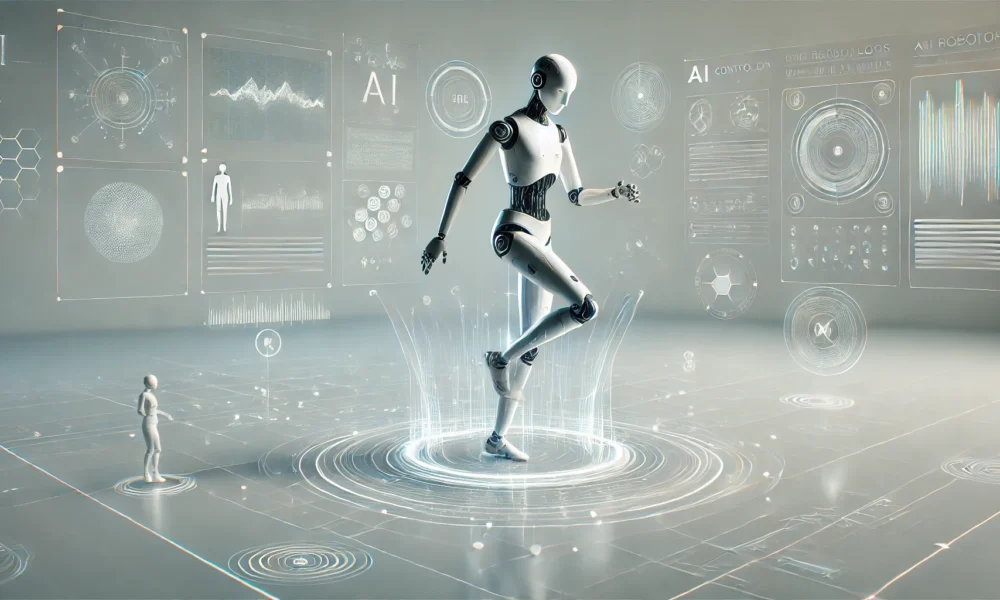The Future of Journalism: How AI is Transforming News Production
In a recent report by JournalismAI, it was revealed that AI is revolutionizing the way news is researched, written, and delivered. A staggering 85% of news organizations have already integrated AI tools into their workflows, changing the landscape of journalism as we know it.
The New York Times Leads the Way in AI Integration
At the forefront of this AI revolution is The New York Times, utilizing AI to streamline newsroom tasks and enhance productivity. Echo, an internal AI tool introduced by the company, is reshaping how news is summarized, headlines are generated, and promotional content is created for social media.
AI in Journalism: Challenges and Opportunities
While AI brings numerous benefits to journalism, there are concerns around accuracy, editorial control, and ethical implications. The New York Times, however, has made it clear that AI is meant to supplement, not replace, human journalists. With strict guidelines in place, AI-assisted content undergoes rigorous review to maintain credibility and uphold journalistic standards.
The Evolution of AI in News Production
AI has been integrated into journalism for over two decades, initially focusing on data-heavy reporting tasks. With advancements in machine learning, AI now assists journalists with research, fact-checking, and content recommendations, streamlining news production and improving reader engagement.
Echo: Enhancing Productivity at The New York Times
Central to The New York Times’ AI strategy is Echo, a tool that automates tasks such as summarizing articles, generating headlines, and creating interactive elements. By offloading routine responsibilities, Echo allows journalists to focus on in-depth reporting, storytelling, and original content creation.
Addressing Ethical Challenges in AI Integration
As AI becomes more prevalent in journalism, ethical considerations surrounding bias, misinformation, and intellectual property rights come to the forefront. The New York Times takes a cautious approach, ensuring human oversight remains central to AI-assisted content production.
The Future of AI in Journalism: Balancing Innovation and Responsibility
As AI continues to evolve, media organizations must navigate the delicate balance between technological advancement and ethical responsibility. The New York Times serves as a model for integrating AI thoughtfully and responsibly, emphasizing the importance of maintaining journalistic integrity in an increasingly AI-driven industry.
Conclusion
The New York Times’ strategic use of AI highlights the transformative potential of technology in journalism. By leveraging AI as an assistant rather than a replacement for human journalists, The New York Times sets a precedent for responsible AI integration in news production.
-
How is AI transforming journalism?
AI is transforming journalism by enabling news organizations to automate routine tasks such as data analysis and content curation, freeing up journalists to focus on more in-depth reporting and storytelling. -
What is The New York Times’ approach to using AI in journalism?
The New York Times is utilizing AI-powered tools, such as Echo, to help journalists discover insights from large amounts of data and identify emerging trends and topics for coverage. -
How does Echo work?
Echo uses natural language processing and machine learning algorithms to analyze the vast amount of data available to journalists, helping them uncover relevant information and sources for their stories. -
Can AI replace human journalists?
While AI can assist journalists in many ways, such as simplifying data analysis and content generation, it cannot fully replace the critical thinking and creativity that human journalists bring to their work. - How can AI benefit journalism?
AI can benefit journalism by helping news organizations to improve the efficiency and accuracy of their reporting, engage with audiences more effectively through personalized content recommendations, and uncover new story angles and sources.





